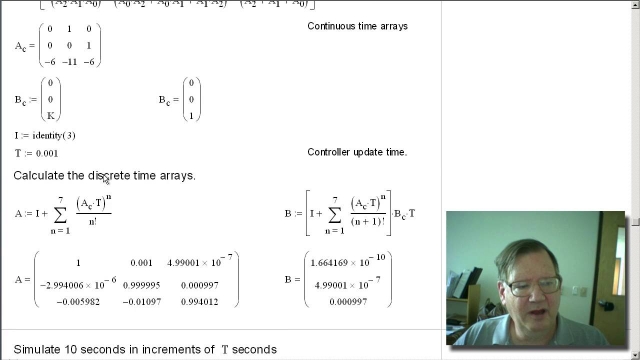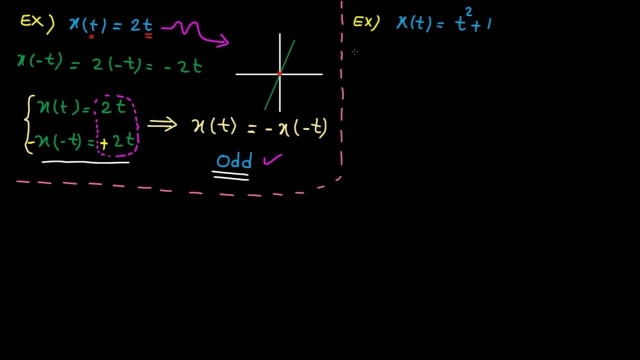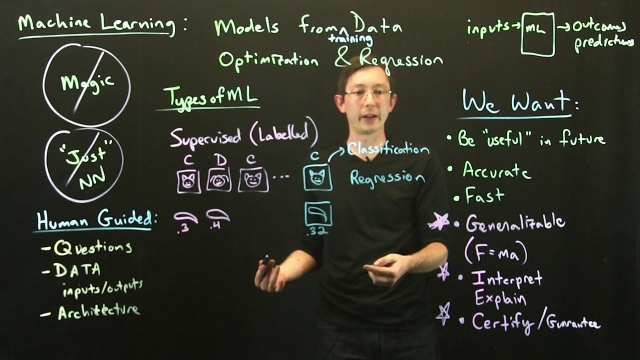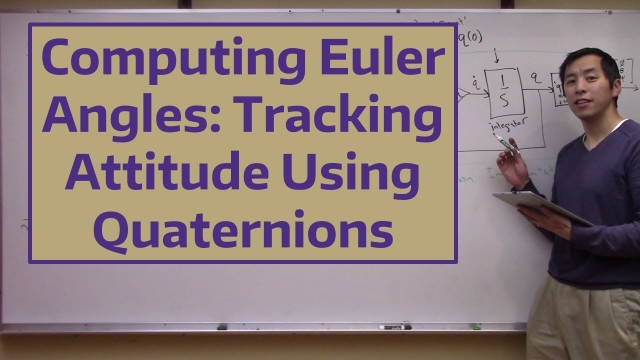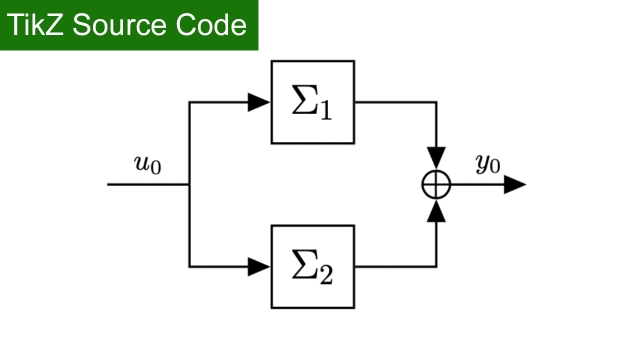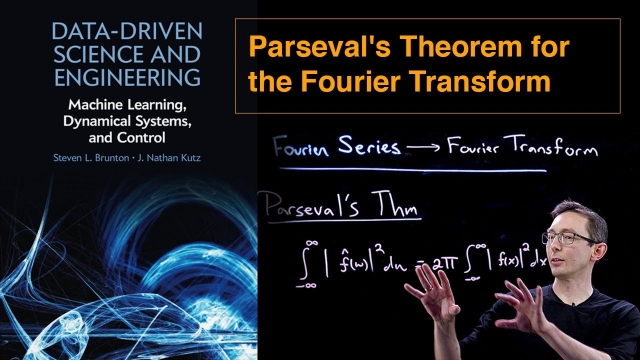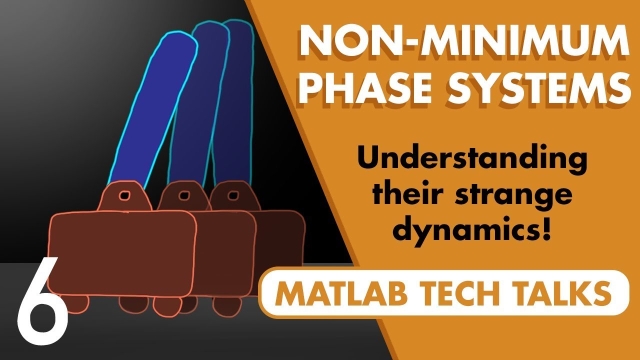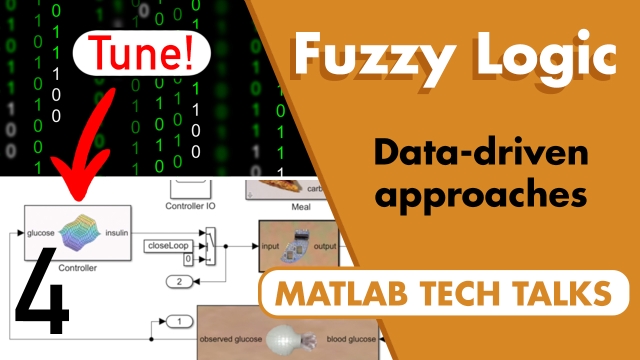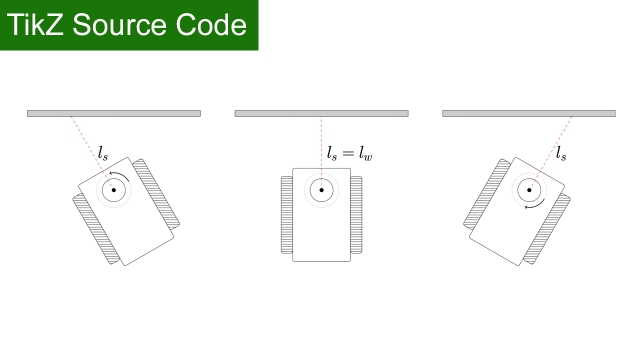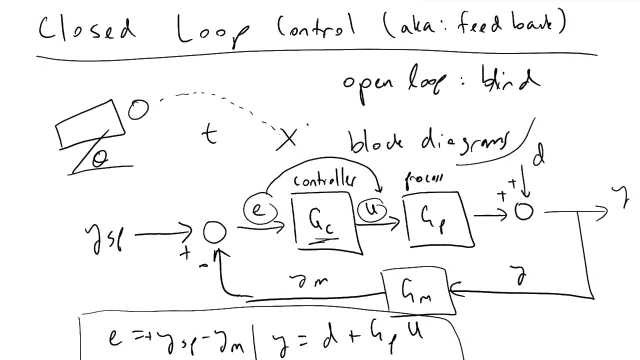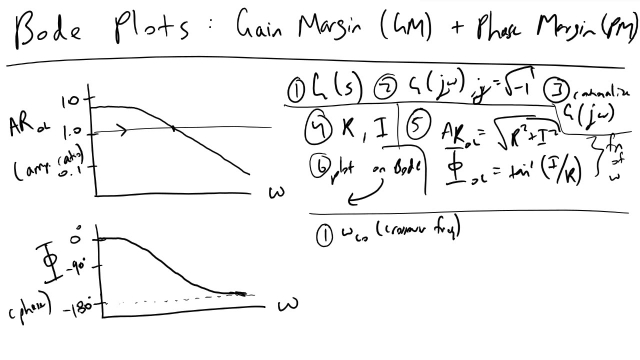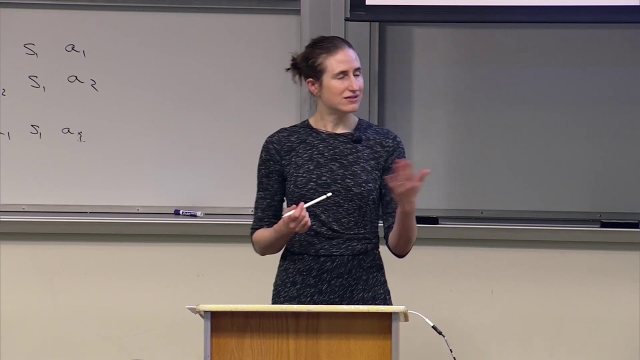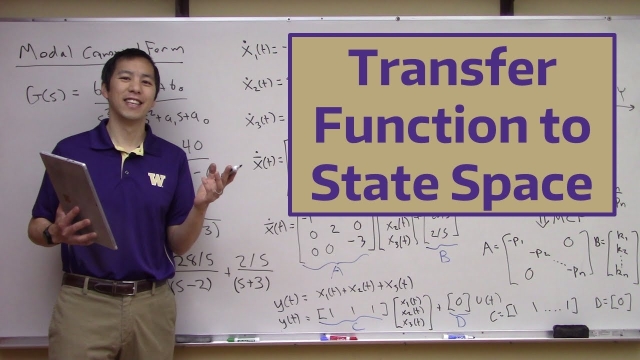
Type
Experience
Scope
Kalman Filter Tutorial
The Kalman Filter is an easy topic. However, many tutorials are not easy to understand. Most require extensive mathematical background which makes them difficult to understand. Also, most...
See MoreDesigning a PID Controller Using the Root Locus Method
In this video we discuss how to use the root locus method to design a PID controller. In addition to discussing the theory, we look at Matlab tools to enabl...
See MoreSVD Method of Snapshots
This video describes how to compute the singular value decomposition (SVD) using the method of snapshots, by Sirovich 1987.
See MorePosicast Control 5 - (In English)
In this video Posicast in closed-loop is illustrated using a gantry-crane system simulations.
See MoreUnitary Transformations
This video discusses unitary matrix transformations and how they relate to the geometry of the singular value decomposition (SVD).
See MorePeter Ponders PID - KalmanFilters, Alpha-Beta-Gamma filters
Drone Simulation and Control, Part 2: How Do You Get a Drone to Hover?
In the last video, we showed we can manipulate the four motors of a quadcopter to maneuver it in 3D space by getting it to roll, pitch, yaw, and change its thrust. We also covered the four...
See MoreStanding Waves Demonstration
In this video we demonstrate standing waves. We show how the system can be excited by oscillating at specific frequencies to generating standing waves. The...
See MoreLinear Systems [Control Bootcamp]
Linear systems of ordinary differential equations are analyzed using eigenvalues and eigenvectors. This will be the mathematical foundation of this bootcamp on linear control theory.
See MorePeter Ponders PID - System Identification Advanced
Time domain - tutorial 5: signal properties
In this video, we learn about some special signals which are symmetric around the y-axis (even) or around the origin (odd) . Then we talk about periodic sign...
See MoreTypes of Machine Learning 1
This lecture gives an overview of the main categories of machine learning, including supervised, un-supervised, and semi-supervised techniques, depending on the availability of expert labels...
See MoreComputing Euler Angles: Tracking Attitude Using Quaternions
In this video we continue our discussion on how to track the attitude of a body in space using quaternions. The quaternion method is similar to the Euler Kinematical Equations and Poisson...
See MoreTikZ source Code: Parallel interconnection of two systems
TikZ source Code: Parallel interconnection of two systems
See MoreParseval's Theorem
Parseval's theorem is an important result in Fourier analysis that can be used to put guarantees on the accuracy of signal approximation in the Fourier domain.
See MoreFrequency domain – tutorial 10: modulation
In this video, we learn about modulation technique which is commonly used in communication systems to send information from transmitter to receiver. The foll...
See MoreControl Systems in Practice, Part 6: What Are Non-Minimum Phase Systems?
We like to categorize transfer functions into groups and label them because it helps us understand how a particular system will behave simply by knowing the group that it’s part of. We gain...
See MoreTuning a Fuzzy Logic Controller with Data | Fuzzy Logic, Part 4
This video covers the basics of data-driven approaches to tuning fuzzy inference systems. See what it means to find an optimal solution, which fuzzy inference parameters are being tuned...
See MoreTikZ source Code: Mobile Robot Wall
TikZ source Code: Mobile Robot Wall
See MoreClosed Loop Feedback Control
Intro to closed loop (feedback) control motivation, theory, block diagrams and block diagram algebra, and PID controllers
See MoreLecture 13: Stability and Routh Hurwitz criterion
Bode Plot Gain and Phase Margin Determination
I'll show you how we can determine the Gain and Phase Margin from a Bode Plot (at some fixed controller gain).
See MoreLecture 27: Lead Compensator Design using Bode plots
Stanford CS234: Reinforcement Learning | Winter 2019 | Lecture 4 - Model Fre...
Professor Emma Brunskill
Assistant Professor, Computer Science
Stanford AI for Human Impact Lab
Stanford Artificial Intelligence Lab
Statistical Machine Learning Group
Transfer Function to State Space
In this video we show how to transform a transfer function to an equivalent state space representation. We will derive various transformations such as contr...
See More

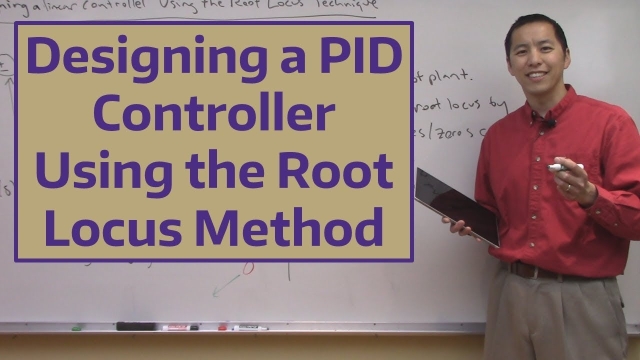
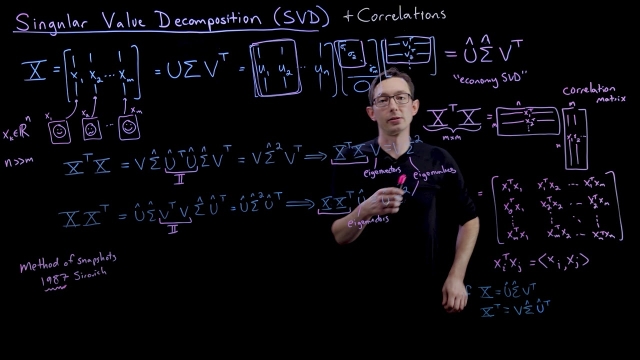
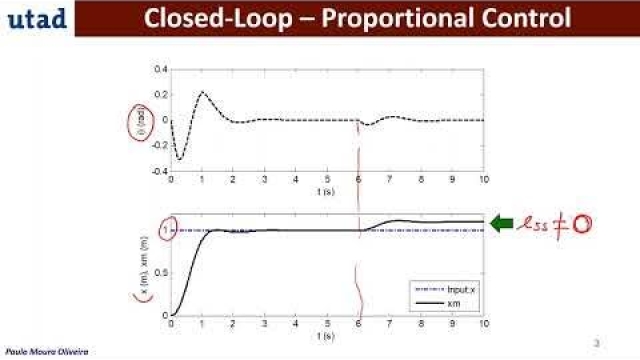
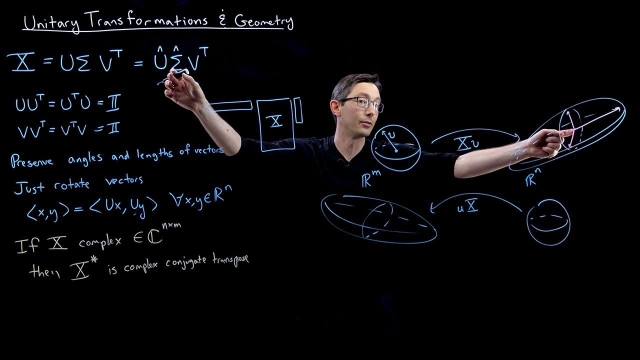
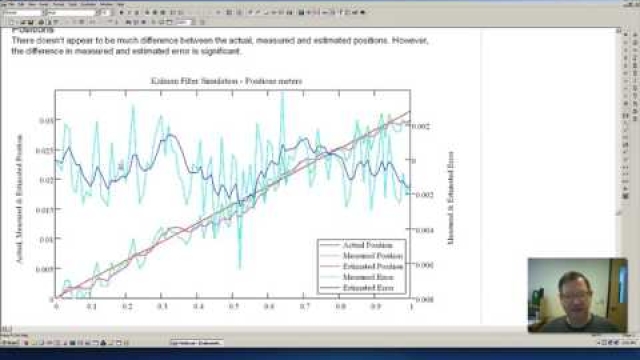
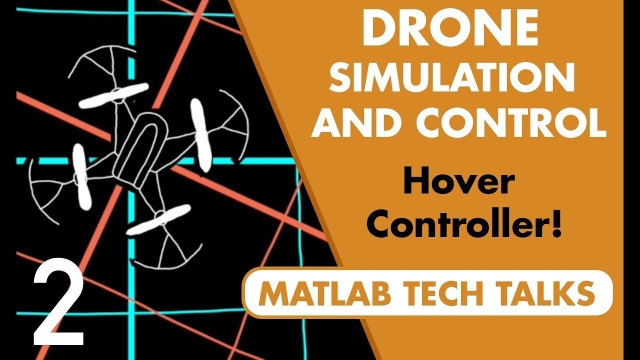
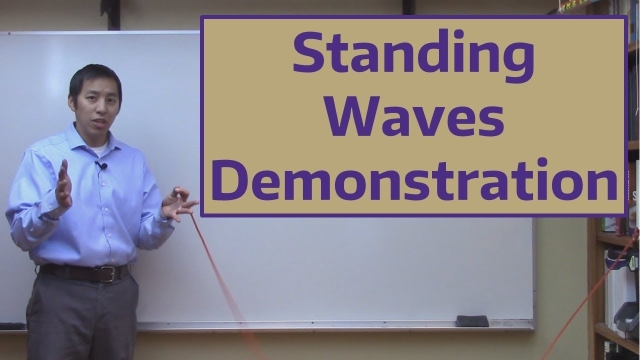
![Linear Systems [Control Bootcamp] Linear Systems [Control Bootcamp]](/sites/default/files/styles/search_resulkts/public/2020-12/maxresdefault_441.jpg?itok=5LYUu0Zj)
